I am finally back with the remainder of my writing post dissertation. Let’s be honest . . . I had to break this write up into two sections as I was getting a bit carried away in my lesson descriptions. However, I figured if I was going to spill my guts, I might as well do it right.
Before I begin . . . if you missed out on the first installment of this series, CLICK HERE. This first post outlines my love for writing and a detailed approach that not only builds solid sentence writers, but also fosters a similar love for writing in students.
Again, I tried to break this post into manageable chunks. It outlines the rest of my writing instruction/lessons for the fall trimester. I have carefully crafted my process throughout the past nine years and I continue to build on it with each new crew of kiddies. I am not saying that this is the end all in writing instruction. However, this detailed post outlines a process that has proven to work VERY well for me . . . time and time again. In addition to my descriptions, I have included a scope and sequence for fall writing instruction at the end of this post.
Alright, so back to business. Once you have reviewed the alphabet, established a “safe environment” via the copy stage, and attacked the simple sentence writing scene for a couple of weeks (outlined in Post One), you are ready to REALLY get the ball rolling. Things start to get interesting for both you and your crew as you are heading into the meat of your writing instruction.
THE THREE KINDS OF SENTENCES
I am currently sitting in this stage with my kids. We are rolling into the second week of instruction, and they are eating it up. Why are they all about punctuation you ask? Well, it’s the way that I serve it up to them. Punctuation has personality . . . you just have to prove it. Let me explain 🙂
I’m all about adding kinesthetic movement to lessons . . . it creates an emotional response for kids and drives their attention. When you capture their attention, not only does it help the standard you are dishin’ out “stick,” but it also adds an element of fun (something every primary kiddo needs . . . keep reading to find out more).
I always begin with wild intro. If you follow me, you must know by now that I am all about the dog and pony show. My goal is to sell the idea that punctuation has personality. As each kind of sentence is introduced (statement, exclamation, and question), I explain that you can see and hear which ending mark should be used. For example, if I am just telling you something (statement), my voice is normal and my face looks pretty much like it always does. Now, if I am really excited or mad when I am saying something (exclamation), my voice will be rushed and my face will be super excited or angry looking — in other words you will see lots of emotion. Finally, if I am asking a question, my expression will change into a confused look and my voice will go up at the end. You can bet that I really HAM all of these up when I am introducing them, but the idea behind it all totally works.
The wild doesn’t stop here. Instead of just reading sentences and punctuating them, we actually write them – this helps them connect with the kinds of sentences on a new level. As my kids read sentences we have written together during a shared writing experience, we punctuate them using silly movements that correspond with the punctuation. This is hard to put into words, so let me show you. Check out the pictures below. (I recently posted this over on Blog Hoppin’, but just in case you missed it . . . here it is again.)
Or, practice writing different kinds of sentences like this . . .
Pocket chart sorts are also a great way to have your babes practice the kinds of sentences. I am a sucker for a good carpet time sort and this provides the perfect platform to review punctuation and the movements. I suggest using sentences sans (without) punctuation that have been laminated. Select a volunteer to use a white board marker to draw the correct punctuation mark on the card and sort it under the correct sentence type header. This helps them really see the types of sentences.
After a few shared writing sessions, it’s time to take the training wheels off, so to speak, and just jog along side of the “bike.” Give your kids a topic and have them draft sentences on their own with a bit of guidance. I like to do this in mini-book form. You can really “sell” the quality work thing by taking the “you’re an author” angle. I recently harnessed the power of Halloween . . . the photos tell the story. Hook. Line. SINKER!
All of these ideas are pretty easy to put together. However, if you are looking for a low-prep pack that is ready to go with all of the above items and more, check out Punctuation Has Personality.
I also have a related freebie in my shop that you may be interested in snagging. Picture Perfect Sentences is always a fun one for the kids. They use a magazine clipping to help them generate a statement, exclamation, and a question.
DRAFTING DETAILED SENTENCES
After studying the three kinds of sentences, we launch back into detailed sentence writing. The focus this time is on the power of adjectives and details.
As I stated in my first post, I am always asking my kids to use words “to paint a picture for their readers.” The way I really hammer this notion home is through an idea I like to call WOW vs. BLAH sentences. The kids relate to this one right off the bat. Why? Well, you probably guessed it . . . I injected movements and sounds into this one as well. These are as wild as they come, but I guarantee that they work. Combine this with a little direct instruction and you pull out ALL OF THE STOPS in the writing department. Let me explain.
The WOW vs. BLAH teaching platform provides a “hook” that helps kids remember to add details when constructing sentences (it’s all about that wild movement . . . more on that in a moment). By showing the kids the differences between a BLAH or basic sentence and a WOW or detailed sentences in a silly way, they always seem to remember it more. If that silly way includes a movement, you are tapping into oodles of those wonderful modalities.
BLAH SENTENCES: A BLAH sentences is your basic sentence (ex: The cat sat). When we read one of these in my class, the kids give two thumbs up and swoop ’em down to the thumbs down sign while making a crazy crash sound.
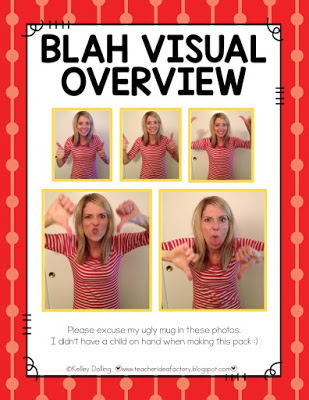 |
| Yes, I am strange. I embrace my differences 🙂 |
WOW SENTENCES: A WOW sentence is your quality sentence (ex: The hungry cat sat on the greet mat outside the butcher shop). It paints a VERY clear picture for our readers. When we read these sentences in class, the kids put their hands on their cheeks and gasp, “WOW!”
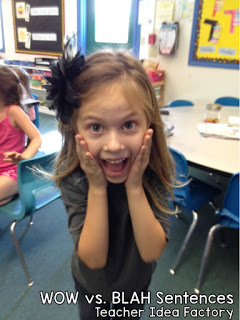 |
| Gosh . . . I miss this kid (she’s a BIG 4th grader now). One of the best WOW faces ever 🙂 |
Now that you have a little background on the whole concept, let me outline what I do in my roomy-room. I’ll break this down for you.
- We analyze and categorize basic and detailed sentences pocket chart style. Yep . . . you know that I LOVE these by now 🙂
- We move onto rewriting BLAH sentences as more of a shared writing experience. I am holding their hand a bit. Not as much as I did during the SUPER SENTENCE WRITING ideas outlined in POST ONE. However, I am still acting as their training wheels at this point.
- When we have practiced this a few times and I see that my kids are ready to fly solo, I launch them into re-working sentences on their own via sorts, games, and the AWESOME craftivity you see below 🙂
MEANINGFUL DAILY PRACTICE
This is the final stage of building solid sentence writers. Daily meaningful practice is the KEY INGREDIENT to cookin’ up killer PARAGRAPH writers. I strongly suggest NOT moving into the paragraph stage until the majority of your cuties are able to draft quality sentences that make sense. Some years I have launched into paragraph writing in late October. Other years, we don’t start multiple sentence writing until mid-November. With this said, I have a feeling that we may not get to this until after Christmas this year . . . and I am okay with this possibility. The old saying comes to mind . . . “Pay me now or pay me later?” Well, if later gets me the awesome results I know we can achieve . . . I choose LATER 🙂 But, that’s just me 😉
Throughout the remainder of the fall trimester, you just have to keep your sentence practice meaningful for kids. Here are a few ideas.
Super Sentence Heroes – make super sentence capes with awesome detailed sentences. We already did this one this year . . . they were delighted. You just need large sheets of construction paper, yarn, and some writing templates. These can be made on your own, or you can find a ready made activity with all of the components in my Super Sentence Writers Pack.
Mini-Book Authors – there is just something about authoring your own mini-book that pushes kids to go that “extra mile.” I use a half sheet lined template and change out the cover to accommodate whatever I am serving up for the day/week. These mini-books are great for centers and cover you for at least two days. Here’s a picture of a silly sentence book we played around with last week. The smiles say it all. This mini-book idea is part of my Super Sentence Writers packet. However, you can see how to make the template from the picture below if you would rather run with this on your own 🙂
Practice Makes Perfect – pick a topic . . . any topic that kids can relate to and slap it in front of them. The more practice they have drafting ONE strong quality sentence . . . the better. I typically put a sentence starter on the board and then let them fly with the rest on their own during a reading group rotation. More often that not, that starter may have a BECAUSE in it. Here are a few topics that have worked very well for me over the years. #thinklikeakid
- The Worst Food on the Planet – “_____ is the worst food on the planet, because ______!”
- The Best Birthday Ever – “My best birthday ever would ____________!”
- My Perfect Pumpkin – “My perfect pumpkin is ______, because _____.”
- My Awesome Weekend – This weekend I _______________________.”
- One Strange Day – “One strange day, I saw ____________________.”
- A Picture is Worth 1,000 Words (Provide them with a Picture Card)
- Just One Wish – “If I had just one wish, I would _________________.”
- Costume Capers – “I am going to be a _______ for Halloween this year, because ____________.”
Alright, so there you have it. Part II of my writing series. I will be back in a month or so with a post all about launching into paragraph writing instruction. Until then, happy sentence writing to you and your students.
Oh . . . and here is the SCOPE AND SEQUENCE that I promised for WRITING INSTRUCTION IN FIRST GRADE – FALL TRIMESTER. It was in the first post, but here it is again (just in case you missed it 🙂
On a final note . . . If you are looking for additional writing resources that are engaging and a bit “outside of the box,” be sure to check out the writing section in my TPT Shop.
Thanks again for the visit. I will be back on Sunday with an awesome blogger event that you won’t want to miss. Night!
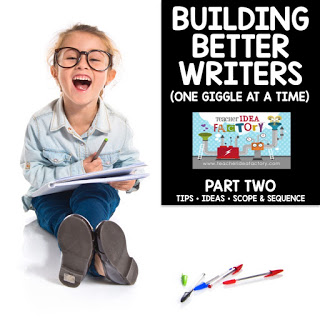
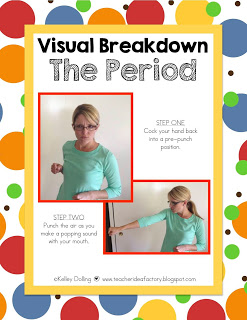
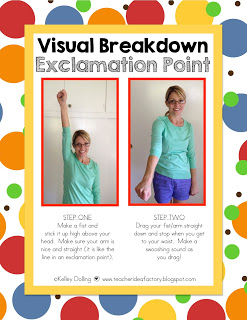
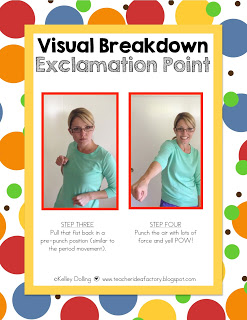
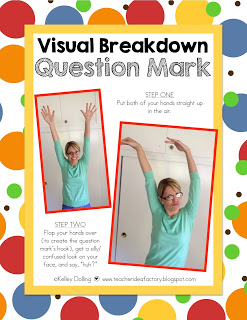
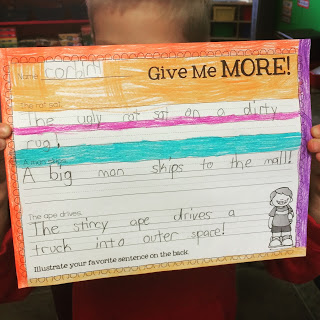
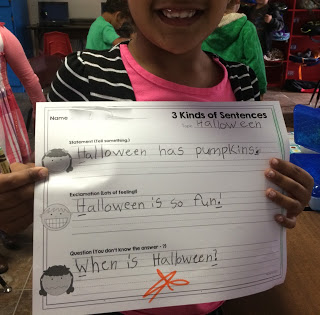
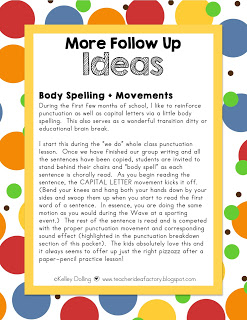
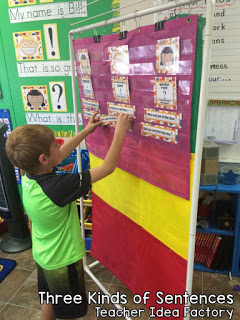
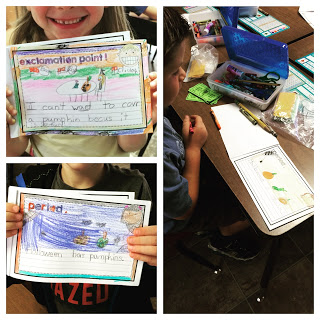
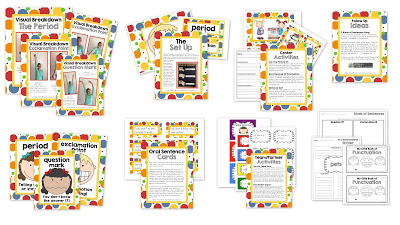
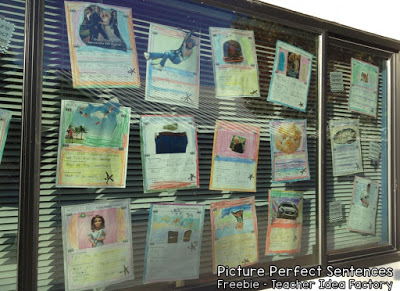
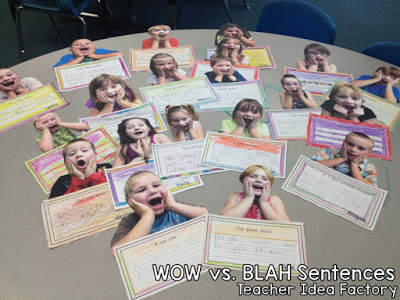
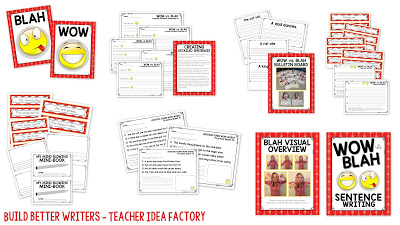
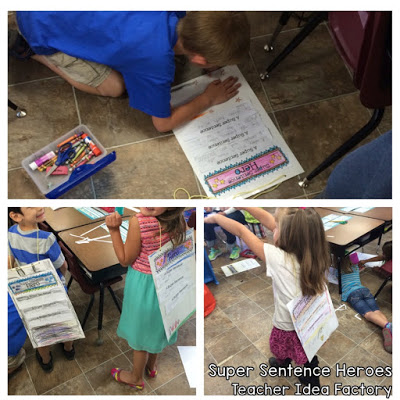
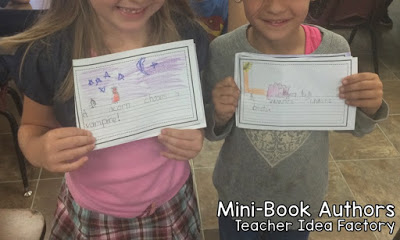
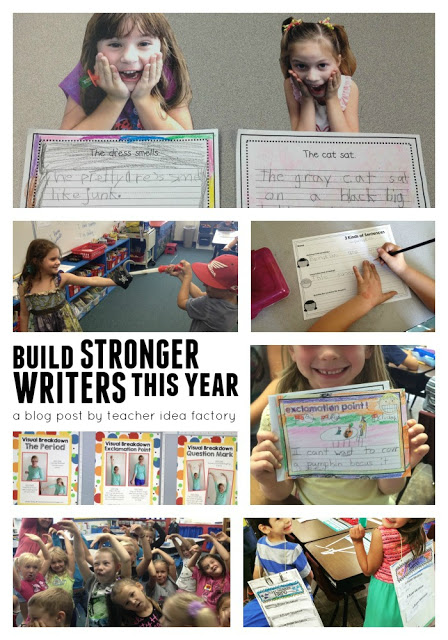
This has so much great information. It inspires me to teach writing. Thank you. Keep the posts coming.
Molly . . . you made my day. Thank you 🙂
Its been pretty good for the students to regard about the effective prospects as contemplated here and these will further improve to be much better. biography sketch